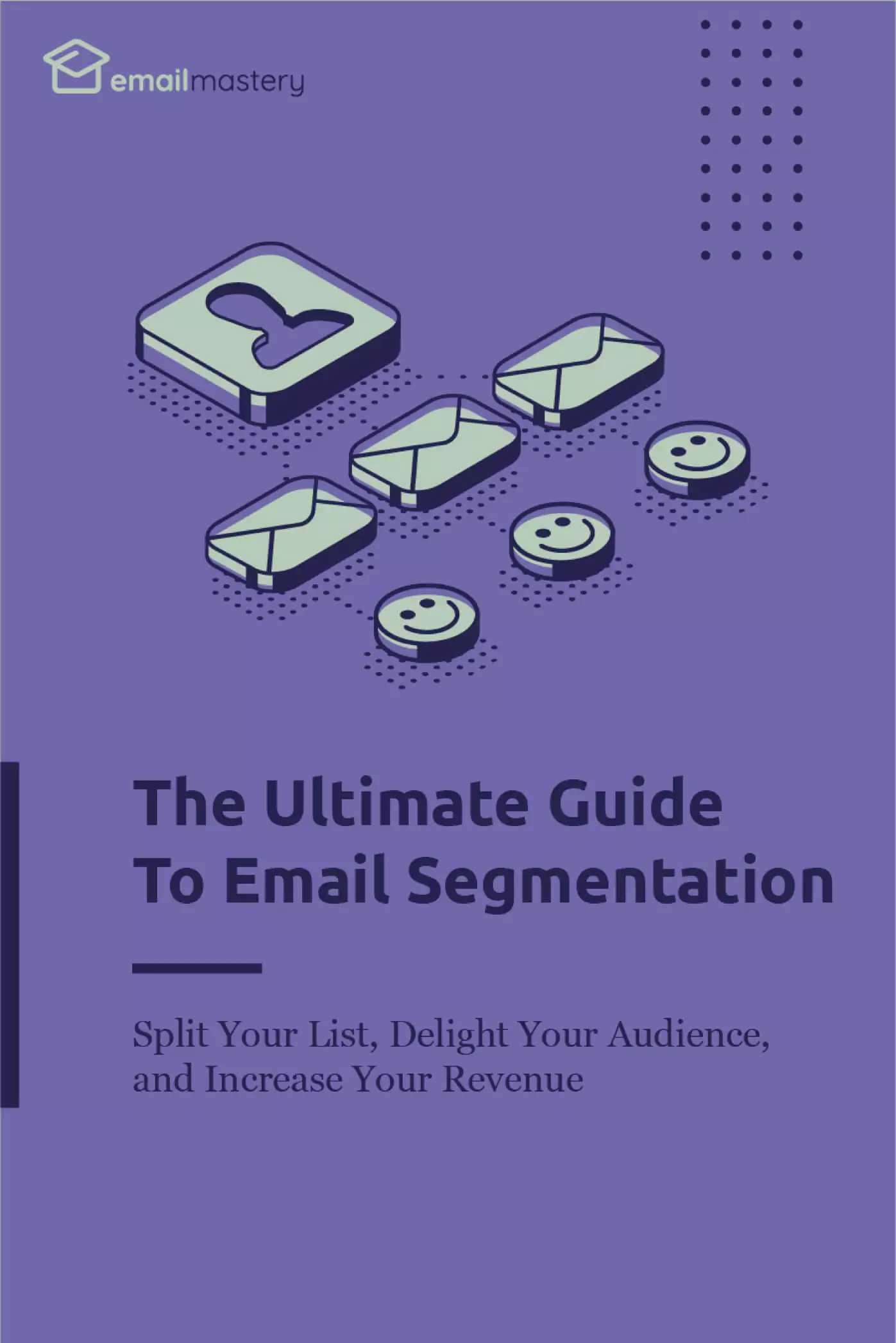
Chapter 4: 6 Email Segmentation Best Practices
You’re not far from having an entire email segmentation strategy which will delight your customers and drive business revenue.
We’ve walked through what email segmentation is and why it’s important, some popular and useful segments, and we’ve even shown you the nitty-gritty details of creating your segments from start to finish.
But email segmentation has been around for a long time — being tried and tested by savvy email marketers all around the globe for the last few years. That constant experimentation has allowed email marketers to determine what works well… and what doesn’t.
Here, we’ve compiled six of the most important email segmentation best practices.
1. Start simple.
Remember, you can always add more segments — more tags, cohorts, personas, and lists — down the road. There’s no reason that you need to create and leverage every possible segmentation right out of the gate.
In fact, starting with a simple segmentation strategy is beneficial because it gives you a foundation to build upon later, whereas an overly complicated strategy will only confuse you and your subscribers.
There will be a lot to learn as you build and test new segments, so leave plenty of room for experimenting and adapting as needed.
If you’re new to email marketing, then consider just starting with one or two segments and building them out as thoroughly as you can. You can add more nuances down the road, after you have a handle on the simple stuff.
2. Create various buyer personas.
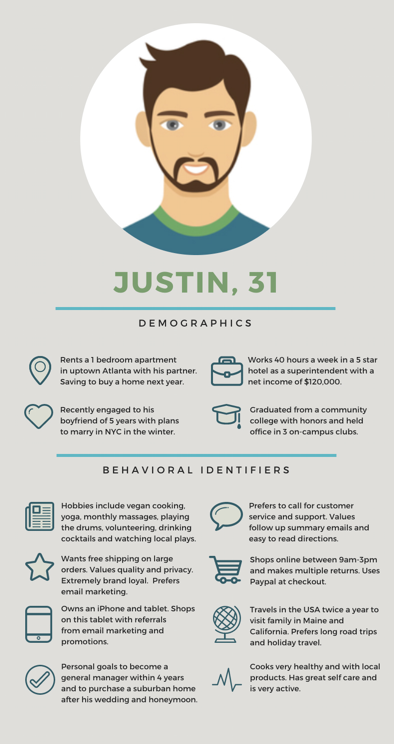
Before you can create effective email segments — or even have an effective email marketing strategy, for that matter — you must know who your audience is and who your customers are.
After all, you can’t improve your relationship with your subscribers if you don’t know who they are and what they want.
If you haven’t already, consider creating in-depth buyer personas (or you can call them “subscriber profiles”) for the different types of people you want on your email list. Which brings up an important distinction: create these personas for the people you want on your email list, not necessarily for the people who are on your email list.
Every email list has stragglers — people that never unsubscribe but also never engage. You don’t need to create a buyer persona for those types of people because they probably aren’t your ideal customer, plain and simple. You want to create buyer personas that encapsulate your ideal subscribers and your ideal customers all along the sales funnel.
That is, what does your ideal customer look like when they’re in the awareness stage? What about when they’re in the interest stage? What about at desire and conversion?
Those are the things you want to create buying personas for.
Also consider creating buying personas for the different types of people who will likely work with you — Ahrefs, for instance, likely has buying personas for the small business owner, the freelance content marketer, and the big-name corporation.
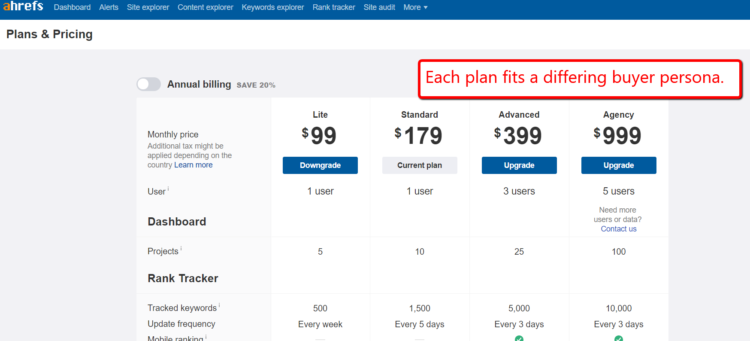
It’s important to speak the subscriber’s language, regardless of which buyer persona they fit into, and make them feel like your product or service was created just for them. But you can only do that if you have clearly-defined descriptions of who your ideal customers are and what they want. To help you create those descriptions, here’s a list of questions to ask your audience.
- What are your personal demographics?
- What is your educational background?
- What is the size of your company?
- What does your typical day look like?
- What are your biggest challenges?
- Which social networks do you use?
3. Stay flexible.
Your email segmentation strategy should be less like a tombstone plaque and more like a chalkboard. That is, it should be flexible.
But what do we mean by “flexible”? What does it look like to have a “flexible” email segmentation strategy?
Well, we don’t mean that you should fly by the seat of your pants or create segments only when you feel like it — just the opposite, actually.
Staying flexible with your email segmentation strategy means paying close attention to the data and metrics (or creating a system that pays close attention to the data and metrics) and adapting as necessary.
Open reach, for instance, is a metric that pulls recent and relevant data regarding how many people are engaged with your email list (learn more about it over here).
More specifically, that means…
- Testing and iterating — As with all marketing methods, you should consistently test and iterate your email segmentation strategy. No one gets it perfect on the first go-around. And that’s okay. Before you segment your email list, create benchmarks for engagement (open rate, click-through rate, conversion rate, etc). Then, check engagement rates every week after you implement your segmentation plan to see how they compare. Are they better? Worse? Try to make inferences from the data about how your list is responding to the segments and iterate as needed. The more you try, test, and alter your strategy, the faster you’re going to find what works (just make sure you give each iteration an honest chance to succeed before moving on to the next strategy).
- Creating segments that adapt with subscribers — Some things don’t change about your subscribers. Race, gender, age, and birthday, for example, all typically stay the same. But some segments are fluid, meaning that subscribers will float from one cohort to another cohort. Position in the sales funnel, engagement level, and interests are a few examples of fluid cohorts. For fluid cohorts, you’ll want to make sure that your segmentation system continually refreshes data and places subscribers where they currently belong. Your audience is fluid and your segmentation strategy should be as well.
- Studying audience behavior closely — Set time aside to manually check-in on audience behavior. Which segments are engaging with your content? Which ones aren’t? Which ones are purchasing the most? Can you apply something from the more successful segments to your others? Can you learn from the segments that aren’t working too well — what can you learn? At least monthly, sit down and ask yourself these important questions.
5. Automate as much as possible.
The last thing you want is to create a segmentation strategy which requires loads of your time and energy each week. Part of the power of email segmentation, after all, is that you can create a system which delivers relevant content to big groups of subscribers without too much work on your part.
Follow this old mantra as much as possible: automate what you can and delegate everything else.
Of course, how much you’re able to automate and/or delegate will depend upon your budget and the size of your business. With deeper pockets and more team members, you might be able to afford using complex email segments which require a bit of consistent leg-work.
If you own a smaller business, though, then every dollar counts and you should try to use basic data-gathering tools and systems for segmenting your list as effectively as possible.
Here are some of the tools you can use to automate your segmentation strategy…
- Email Service Provider (ESP) — Most high-quality ESPs, like MailChimp and Drip, can automatically collect basic segmentation data (demographic info and email engagement info, for example). They will also usually let you create segments off of that data. If you’re new to email segmentation, then just focus on doing what you can with your ESP.
- Customer Relationship Management (CRM) — A CRM, like HubSpot or Salesforce, can provide you with tons more complex customer data that you can use when creating and automating your email segments. Some CRMs double as an ESP (Drip, for example) and make the process of integration even simpler. If you have a CRM that is different form your ESP, though, you’ll want to connect the two so you can automate your segmentation strategy. If there’s not a native integration, then check Zapier.
- Advanced Segmentation Software — Tools like Zembula connect with your current email service provider and offer lots of different personalization and customization options for your segmentation strategy (we’ll talk more about this in Chapter 5). If you’re wanting to take your segmentation strategy to the next level, then consider signing up for a service which is dedicated to making your emails more personal and relevant to your audience.
6. Use emotional storytelling
In terms of B2B content marketing, the second most important quality for a piece of content is engaging and compelling storytelling.
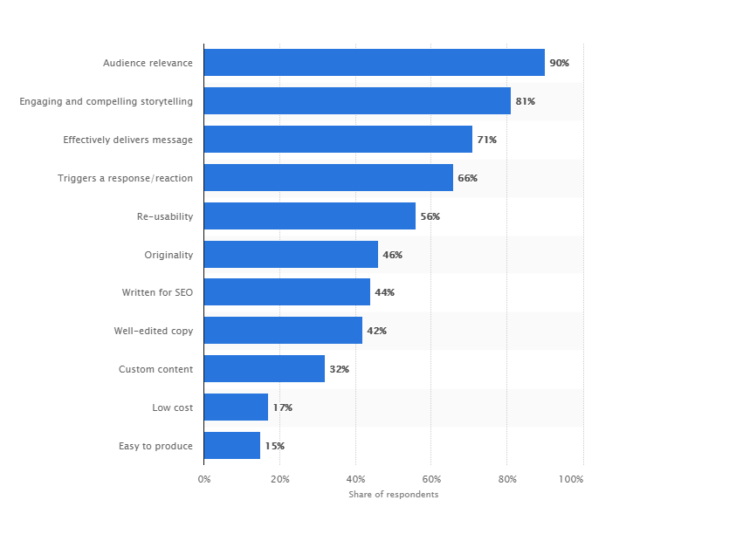
Stories connect with your audience in a way that other types of content simply don’t. And empathy (showing your audience that you know exactly who they are/what they’re going through/etc) is perhaps the most compelling quality of a great story. People who are in pain (your subscribers) want to know that you’ve experienced their pain before and that you know how to escape that pain. Furthermore, they want to know how you escaped that pain and how you’re going to help them do the same thing.
That’s where storytelling comes in.
To illustrate just how powerful storytelling is for engaging with your subscribers and getting a positive ROI on your segmentation strategy, consider this: which provokes you to action more?
This…
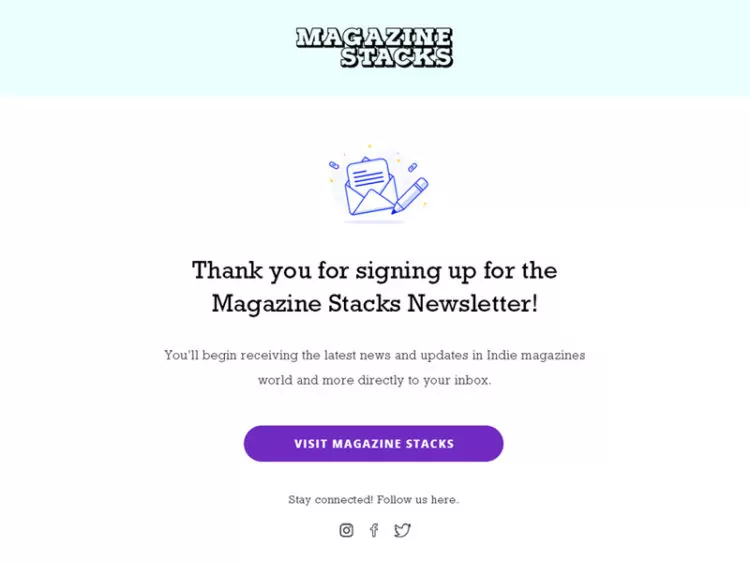
Or this…
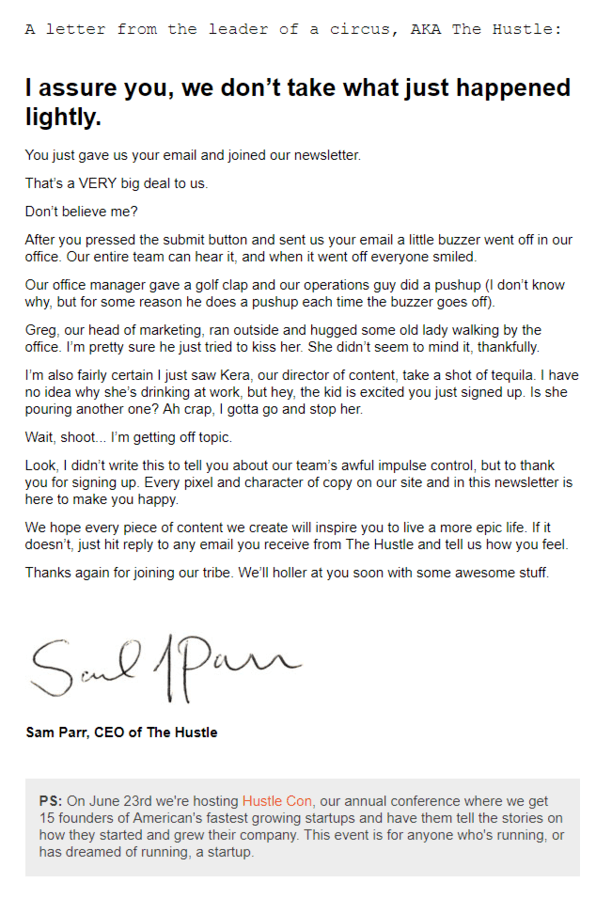
Yeah — the second is far more compelling. It tells a story and inspires the subscriber to read the next email that comes in… and the next… and the next (which is probably why The Hustle received over 500,000 readers in the first two months of launching).
And that’s just the welcome email!
Imagine what storytelling could do in an email that’s meant to drive revenue and convert skeptics into paying customers.
Yeah — could be pretty effective to say the least.
But how can you use emotional storytelling in your segmentation strategy?
Here are a few ideas…
- Tell a story in your welcome email — Since the welcome email is the most-opened and most-clicked campaign, it makes for a great place to tell your brand story. This is the first email your subscriber is going to see… and remember, first impressions matter. Telling your brand story is a great way to show the subscriber what your business is about, where you came from, and what you’re trying to help people do. It can also set the tone for future emails and provide a sense of personality for your business (whether professional or casual).
- Sprinkle story throughout your content — Want to illustrate a point inside of an email, blog post, or video? Try telling a story about how you discovered the principle you’re teaching or even about a conversation you had with someone else and their a-ha moment. Storytelling can drive home the point in a way that very few other marketing methods can.
- Cater story details to specific cohorts — When it comes to segmentation and storytelling, consider altering your brand story slightly for different segments to make it more pertinent. For some cohorts, you might focus in on this pain point (small business growth) and for other cohorts, you might focus in on that pain point (big business management). The story is the same, but the focus is different. It’s important that the story you tell always connects with the people who you’re telling that story to. And when it comes to email segmentation, the story you’re telling should adapt to the segment you’re sending that story to — that goes for the emails you send and the sales pages you drive subscribers toward.
Conclusion
Marketers have been playing around with email segments for decades now — trying to send the right email to the right subscriber at the right time.
Along the way, we’ve learned a lot about what works well and what doesn’t work so well. You can lean on the above 6 email segmentation best practices to make sure you get the most bang for your efforts.
But above all, learn what works for you and adapt to your subscriber’s desires — that’s the point of segmentation, after all, to learn from your subscribers and give them more of what they want.
Next, we turn out attention to some tools you can use to make your segmentation strategy smoother, easier to manage, and wildly effective.
